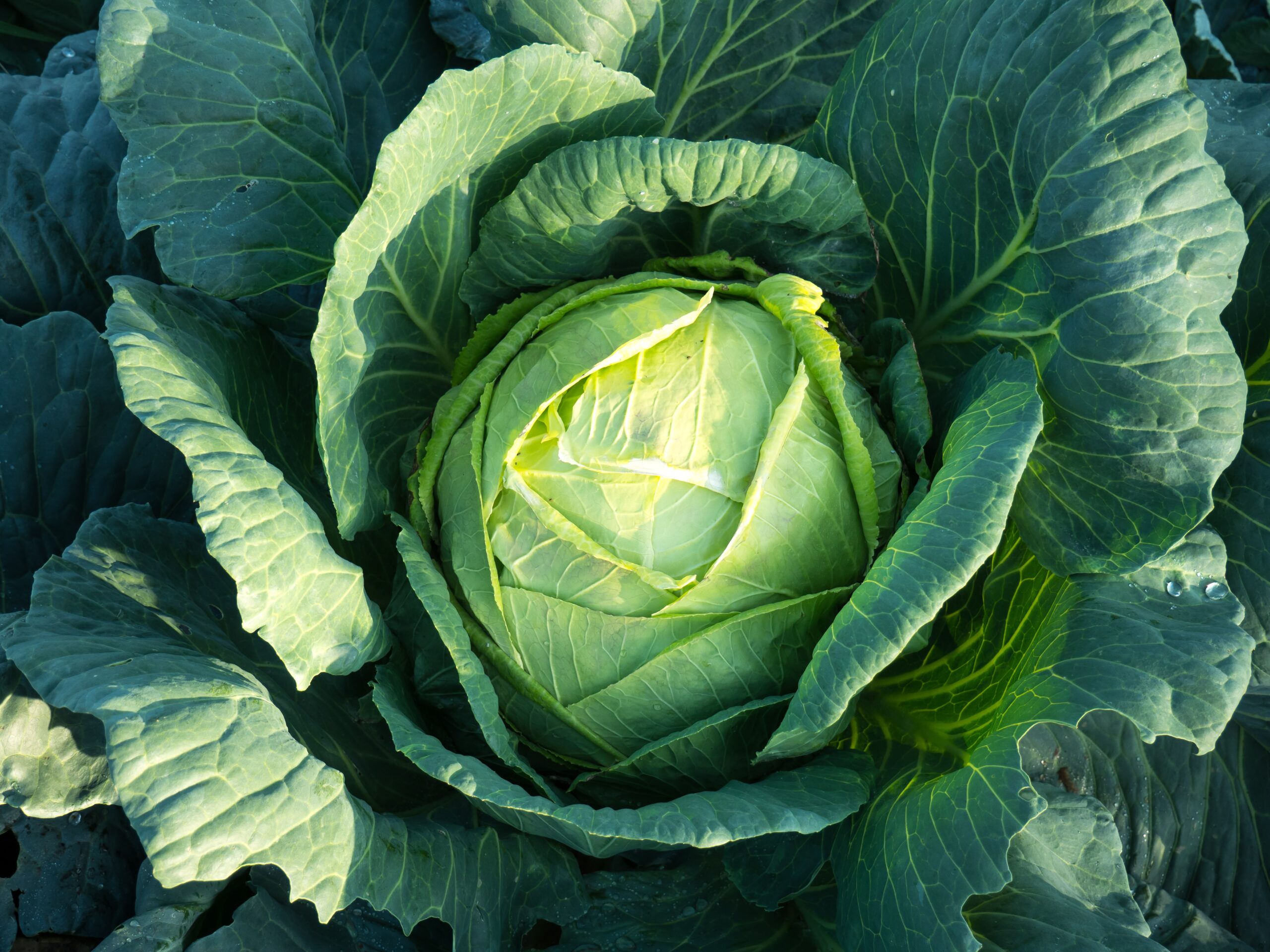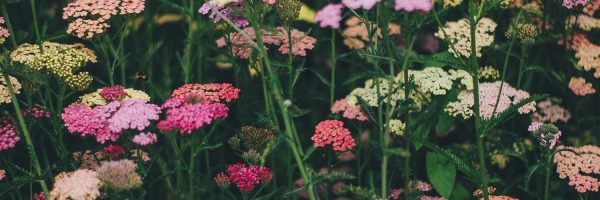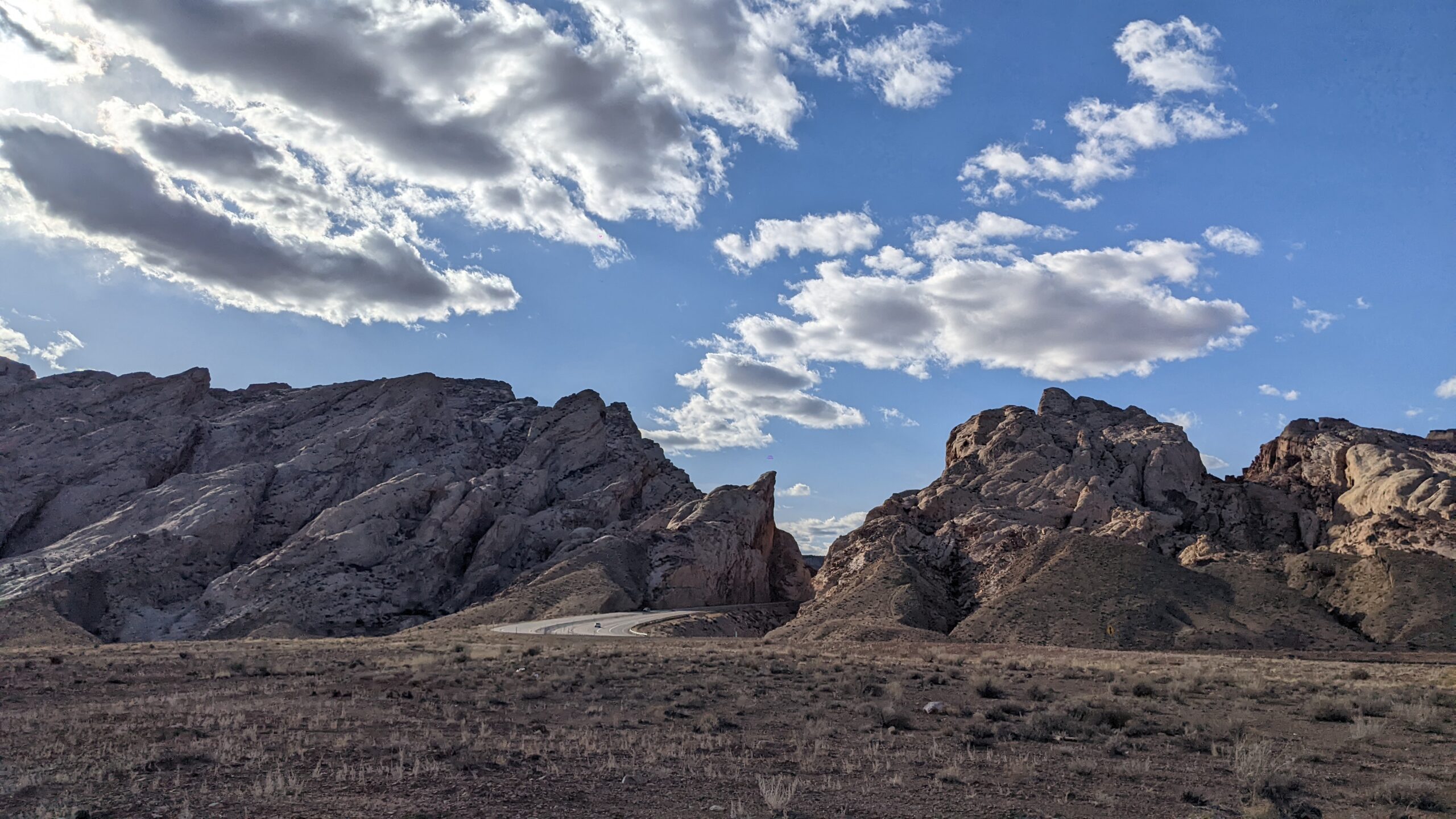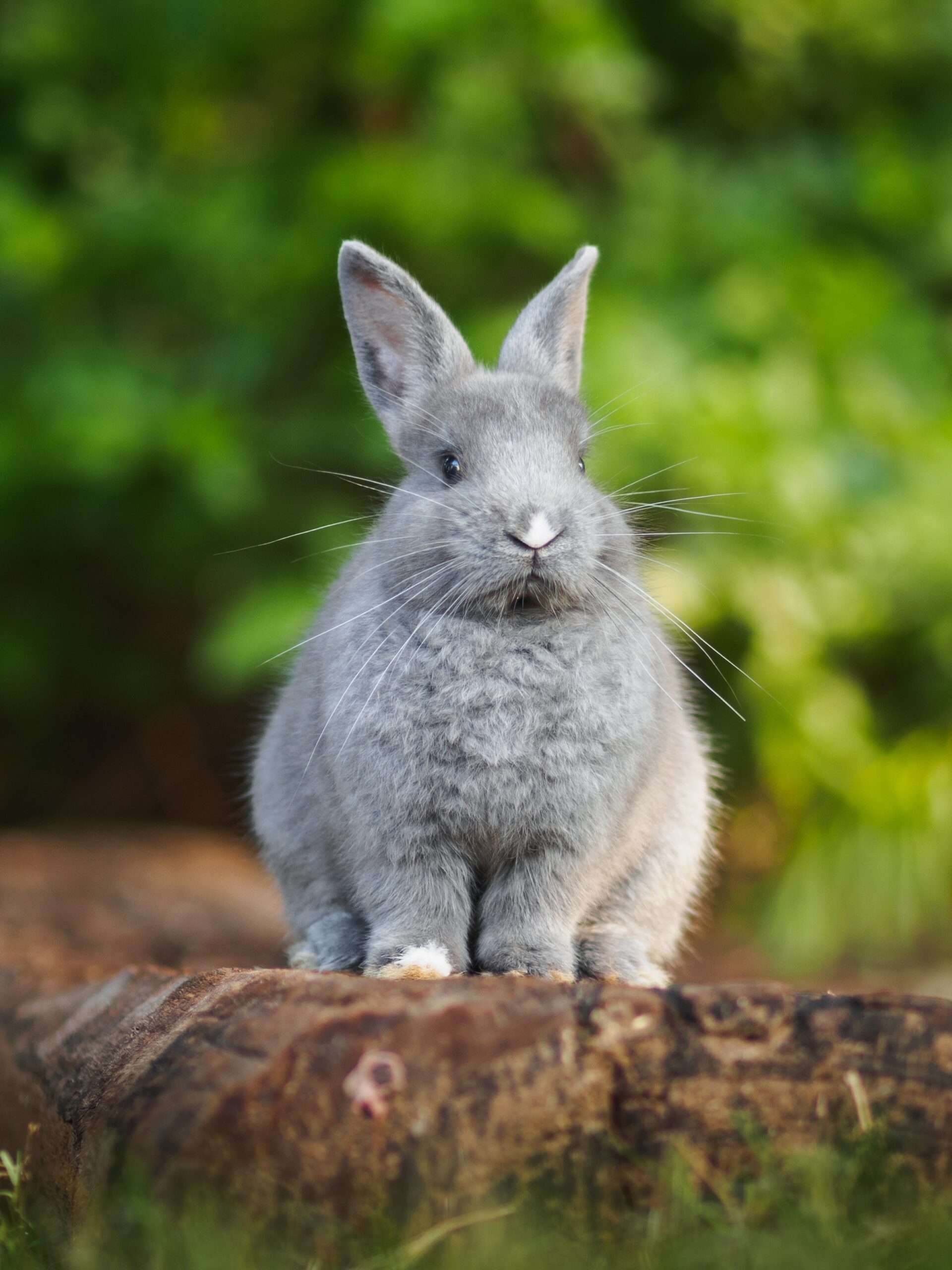April 1, 2022
1
Average temps today: high 58º, low 38º. Sunrise: 7:10am. Sunset: 7:53pm. NEW MOON: 12:24am. Today begins National Poetry Month. Poet Andrew McMillan writes, “Poems are not riddles that need solving. Some poems will speak to you very plainly. Some poems will simply move you through their language. Some poems will baffle you but, like an intriguing stranger, you’ll want to step closer to them. Poems aren’t a problem to be wrestled with – mostly poems are showing you one small thing as a way of talking about something bigger. Poems aren’t a broken pane of glass that you need to painstakingly reassemble. They’re a window, asking you to look out, trying to show you something.” Find a book of poems around the house (surely there must be one, or ask a neighbor) and give it a read
2
The Downtown Winter Farmers Market continues 10am-2pm on Saturdays at the Gateway through April 23. Find seasonal, locally grown/produced veggies, meat, eggs, cheese, baked goods and more. Bring your own bags. Masks suggested. (One-hour free parking — the North Garage is the closest to the market location. Enter from 100 S. or 400 W.)
3
National Library Week begins today. The Salt Lake City and Salt Lake County Library systems are open to greet you. Rent a telescope, visit the seed and ancestry libraries, enter the DIY Recycled Robot contest, find a book club for your kid. And, of course, find books (print, ebooks and recorded), music, movies and more — much available online. (Need a library card? You can order that online, too.) See websites for what’s available where, as well as this week’s special events. https://services.slcpl.org/, https://www.slcolibrary.org/
4
Plant now: cabbage, radishes, kohlrabi, rhubarb, broccoli, onions, spinach, Brussels sprouts, peas, turnips. https://digitalcommons.usu.edu/

5
Ramadan is the ninth month of the Islamic lunar calendar and is observed worldwide with reflection, fasting, prayer and community service. Ramadan began with the New Moon —April 1 or 2, depending on where you live. https://www.aljazeera.com/news/2022/3/29/when-is-ramadan-2022 Food following a fast is all the more delicious: https://www.epicurious.com/recipes-menus/45-ramadan-recipes-iftar
6
“The Epic of Gilgamesh” is the oldest known written poem on Earth (from around 4,000 years ago) and still moves hearts. Originally written on 12 clay tablets in cunieform script, it tells an epic tale of a hero in ancient Mesopotamia. https://www.ancienttexts.org/library/mesopotamian/gilgamesh/

7
Ham, the traditional food of Easter, can be served many delicious ways. Consider buying at the farmers market (see April 2) from local farmers who raise heritage breeds and use organic practices. Supporting sustainable agriculture with your dollars is the best way to keep Utah farmers in business, producing good, clean and fair food. https://catalystmagazine.net/ham-it-up/
8
Become a waterwise gardener. Take a tour or sign up for a workshop at the Conservation Garden Park in West Jordan. Learn to compost, graft a tree, create draught-tolerant park strips, design gardens, install drip irrigation systems and more. Their website offers a sizable waterwise plant finder, landscaping help, a virtual tour of the garden and a blog. https://conservationgardenpark.org/
9
Today is National Name Yourself Day. “Our given name is our very first social tagging. Each name has associated characteristics, behaviors, and a look,” according to a study published by the American Psychological Association. The report provides evidence that people change to fit their names. Researchers conclude that the stereotypical expectations of how we should look can eventually manifest in our facial appearance. If you prefer a name that offers other characteristics you’d like to cultivate, go for it. Even if it’s just for a day. https://www.apa.org/pubs/journals/releases/psp-pspa0000076.pdf
10
Sunday before Easter, in the Christian tradition, is commonly known as Palm Sunday — the day that Christ entered Jerusalem on a donkey and was hailed as king by the faithful waving palm fronds, symbol of triumph (days before Judas betrayed him and his luck changed, leading to the crucifixion on Friday). In some countries that do not have palms, the day is called by a locally available tree. For instance, in Latvia it’s called Pussy Willow Sunday. In some places, it’s simply called Branch Sunday. https://shirleytwofeathers.com/The_Blog/pagancalendar/palm-sunday/
11
Private property owners hold deeds to 78% of U.S. land. Doug Tallamy, author of “Nature’s Best Hope: A New Approach to Conservation That Starts in Your Yard” encourages people to make their yards “incubators for biodiversity;” he calls this the Homegrown National Park Project. The key: native plants. They provide food for insects that, in turn, feed the birds. (Chickadees require 6,000-9,000 caterpillars to raise a clutch of eggs.) Visit the National Wildlife Federation’s Native Plant Finder for what grows here (https://www.nwf.org/nativeplantfinder) . Red Butte Garden’s Annual Spring Plant Sale (May 6-7 this year) usually offers a good selection of natives. https://redbuttegarden.org/events/spring-plant-sale/

12
The house wren, Troglodytes aedon, often lives in association with humans. They are cavity nesters, constructing nests in hollow trees, buildings and nest boxes. Females lay three to seven eggs, which hatch in about two weeks. Young are attended to by both parents and leave the nest 12-18 days after hatching. House wrens eat insects and are active during the day. They are also the subject of this delightful performance that many children of the ‘70s will remember: https://www.youtube.com/watch?v=dgUZGMMHKPY
13
Wind-pollinated plants are the ones that make you sneeze—the males, that is. They send out lots of pollen in a scattershot fashion in hopes of colliding with a female of its species. This pollen is of little use to bees and other pollinating creatures, as the pollen is not very nutritious. Most are from trees (pine, spruce, fir, cottonwood, nut trees), grasses and the infamous ragweed. One natural remedy to try: stinging nettle (Urtica dioica). Take it as a tea or in capsules. You might also try Sneezonol Defense, formulated locally by Dave Card, which helps the body regulate its histamine response. https://daveshealth.com/
14
“What could a [man] learn by watching the clouds? The objects which go over our heads unobserved are vast and indefinite. Even those clouds which have the most distinct and interesting outlines are commonly below the zenith, somewhat low in the heavens, and seen on one side. They are among the most glorious objects in nature. A sky without clouds is a meadow without flowers, a sea without sails.” — Henry David Thoreau, journal entry, June 24, 1852. Wouldn’t it be interesting to be with Thoreau on his first plane ride?

15
Plant now through May 30: beets, lettuce, potatoes, carrots, parsley, salsify, cauliflower, parsnips, Swiss chard, endive. https://digitalcommons.usu.edu/
16
FULL MOON 12:55pm. For tomorrow’s Easter dinner, consider serving the salad first — one featuring bitter greens such as arugula, escarole and endive. Or enjoy a small glass of Campari, dry sherry or dry vermouth as an aperitif. Bitters trigger the hormone gastrin which stimulates saliva and hydrochloric acid, needed to break down proteins and absorb minerals from your food. They also stimulate the flow of bile, helpful for digesting fats, and help prevent acid reflux.
17
Early Christians were pragmatists, repopulating the old myths with their own characters, thus gaining converts. The story of a god’s death and resurrection is a pagan myth far older than Christianity. The ancient celebration of spring honored rabbits and eggs as symbols of new life. The date of Easter, known as a moveable feast, is based on movements of the planet and the sun: Easter always occurs on the first Sunday after the first full moon (yesterday) after the Equinox (which, in religious parlance, is always March 21). It’s usually in April but can be as early as March 22. https://www.theguardian.com/commentisfree/belief/2010/apr/03/easter-pagan-symbolism

18
Velociraptor Awareness Day. Utahraptor, the largest raptor ever discovered (near Moab in 1991), was the inspiration for the Velociraptors in the film “Jurassic Park.” In real life, Velociraptor was considerably smaller. However, the animals are cousins and are both thought to have been feathered. See Utahraptor in person at the Natural History Museum of Utah. https://nhmu.utah.edu/utahraptor-ostrommaysorum

19
If you’re still thinking of buying an ebike, read “11 Rules for Buying an Ebike.” https://ryanj.substack.com/p/ebikes?s=r
His #1 point: “Just buy one. You won’t regret it.”
20
Is your hearing feeling a little iffy? Do your ears ring? They could need a good cleaning. Try hydrogen peroxide. Avoid Q-tips, which just compact most of the wax. Ear wax is wet when it forms in the outer ear so regularly washing your ears with a warm washcloth goes a long way toward prevention.
21
Lyrids Meteor Shower, one of the oldest recorded meteor showers (according to some historical Chinese texts, the shower was seen over 2,500 years ago), peaks today and tomorrow. Best viewing after midnight. Meteors will radiate from the constellation Lyra, but can appear anywhere in the sky.

22
The first Earth Day, 52 years ago today when I was a senior in high school, was a big deal. Polluting factories, raw sewage, toxic dumps, rampant use of pesticides, the loss of wilderness and the extinction of wildlife were considered the price of progress. The “teach-ins” that occurred throughout the nation that day were the catalyst for significant change, resulting in the formation of the Environmental Protection Agency, the Clean Water Act and the Endangered Species Act.
23
During a fast, while you’re busy not eating, your body has another agenda: “During a fast, the body engages in a process called autophagy [aw-TAH-fuh–jee], where the body ‘eats itself,’ scrubbing, cleaning, repairing, and gobbling up toxins,” writes ayurvedic physician John Douillard, author of “3-Season Diet” and “Body, Mind, Sport.” “During fasts of more than three days, the body releases a higher amount of stem cells that rebuild and repair the body.” Stem cells are, basically, the body’s raw materials, so this is a very good thing.
24
Make yourself the superhero of any household by learning skills useful in a variety of disasters: Learn first aid and CPR; how to use a fire extinguisher; how to shut off the water, electricity and natural gas (the latter to be done only in extreme circumstances and yes, you’ll need a utility wrench); and how to compile an emergency kit. www.ready.gov/safety-skills
25
Radishes are full of nutrients. Native to China and cultivated for thousands of years in India, this pungent, astringent globe is an expectorant. It lowers high blood pressure, stimulates the flow of bile, cleanses the blood and helps digest other foods. Radishes are also easy to grow. Plant seed today, planting more every 10 days till weather warms, and start harvesting in as little as three weeks! https://www.webmd.com/
26
When it comes to an idling car, follow the 10-second rule: the length of time when idling begins to use more fuel than turning off the engine and restarting it. Besides being unhealthy, idling stresses your car, too: It’s not operating at its peak temperature so the fuel doesn’t combust completely, leaving residue behind that can ultimately damage your exhaust system.
27
The Great Sunflower Project 2022 continues: Grow a specific type of sunflower (Lemon Queen, not treated by neonicotinoids). Then submit a minimum of three pollinator reports of at least five minutes duration each. With sufficient data organizers hope to see how neonicotinoid pesticides affect pollinator populations. www.GreatSunflower.org/ Note: Plant sunflower seeds when ground temperature (different from air temp) is 60° to 70°. Stick a meat thermometer 3-4 in. into the soil in several places to get an accurate reading.
28
“Notice the joyful moments in your day, however small, however fleeting. Notice how good it feels to have that first sip of your drink. Or how tasty that first bite of food is. The pleasurable feeling of your skin in warm water when you wash your hands or take a shower. The moment of delight and comfort when you see your friend. These thin slices of joy only last a few seconds but they add up! The more you notice joy, the more you will experience joy in your life.” — Chade-Meng Tan https://www.cbc.ca/radio/tapestry/happy-happy-joy-joy-1.3804787/
29
National Arbor Day, today, is about planting trees. The USU Tree Browser offers an interactive list of 245 tree species adapted to the Intermountain West. https://treebrowser.org/ In addition, it’s a good day to commit to taking care of the trees already here. Look at a tree’s canopy. Its roots extend at least that far. Give that area approximately one inch of water per week.
30
Average temps today: high 66º, low 45º. Sunrise: 6:26am. Sunset: 8:23pm. NEW MOON (again!) @ 2:28pm.
Catalyst Magazine/Common Good Press
Mailing address:
1953 South 1100 East #522114
Salt Lake City, UT 84152
Phone: 801-997-0722
Email: hello@catalystmagazine.net
© 2012-2021 Catalyst Magazine and Common Good Press
ENLIGHTEN YOUR INBOX WITH CATALYST